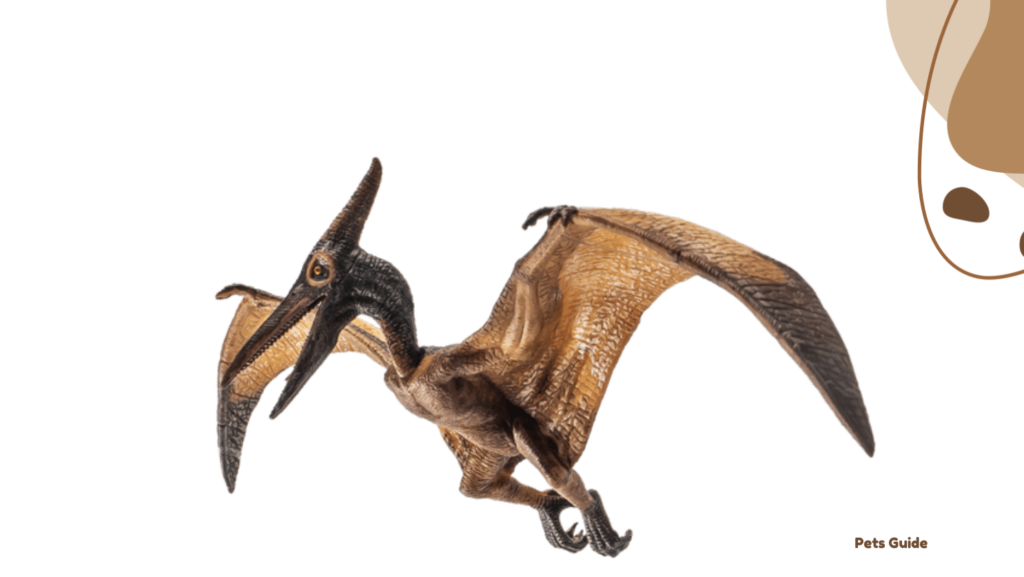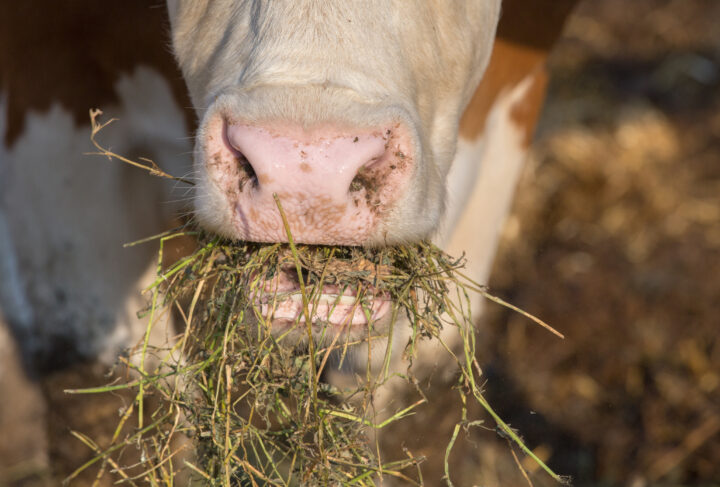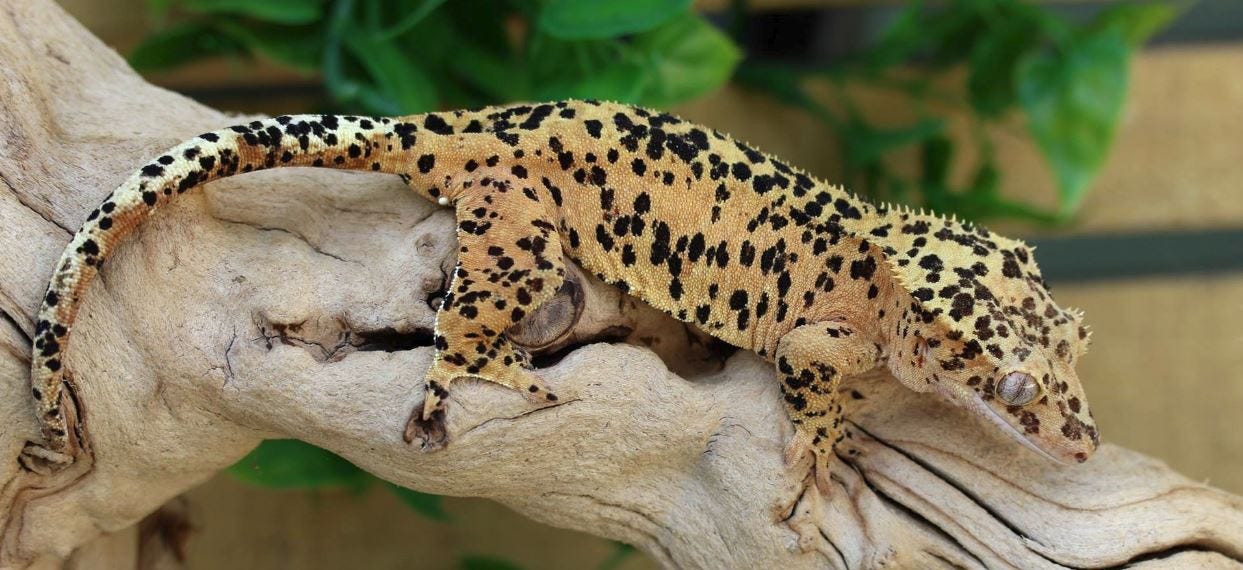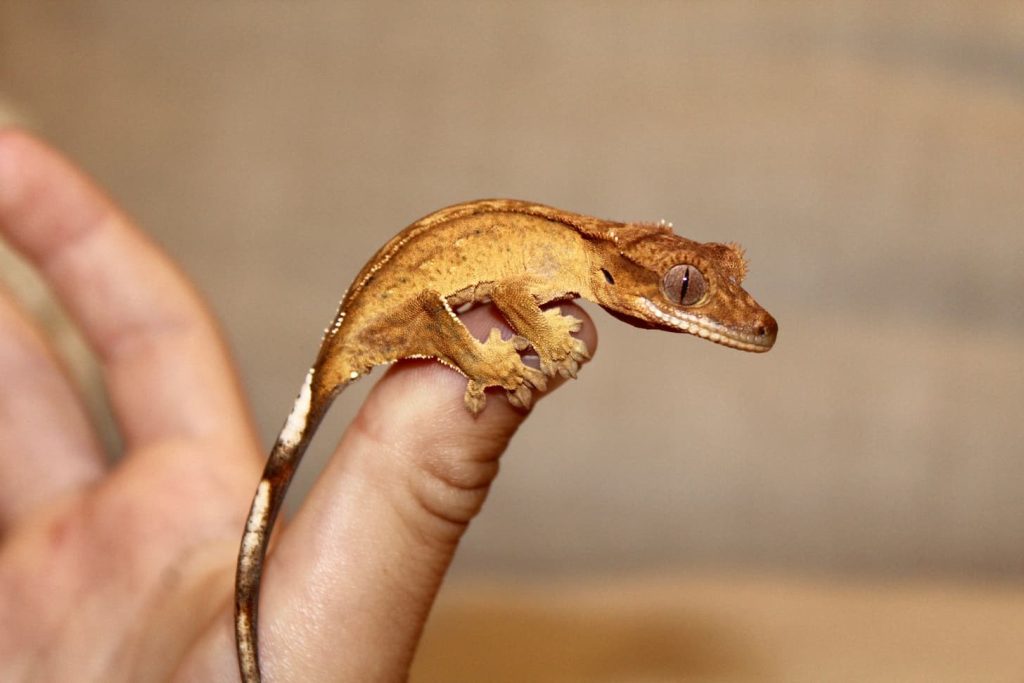Animals
Will Dinosaurs Come Back In The Future, Facts And Fiction

Will Dinosaurs Come Back In The Future, Facts And Fiction
Dinosaurs were a diverse group of reptiles that lived during the Mesozoic Era, which lasted approximately 252 to 66 million years ago.
They were the dominant land animals of their time and varied greatly in size, shape, and diet. Some were bipedal and some were quadrupedal.
The best known dinosaurs are T. rex, Triceratops and Stegosaurus.
The dinosaurs died out around 66 million years ago, likely due to a combination of factors including a meteor impact and volcanic activity.
Dinosaurs have captured the imaginations of humans for centuries, and one question that has often been asked is whether these ancient creatures will ever roam the earth again.
While it may seem like a subject straight out of a science fiction novel, there are actually some scientific concepts that suggest the possibility of bringing dinosaurs back to life.
It has been roughly 66 million years since dinosaurs roamed the earth, making it highly unlikely that any viable DNA from these ancient creatures still exists.
While their bones may be well-preserved due to their fossilization, the DNA contained within them is prone to degradation over time.
Despite this, some scientists remain dedicated to searching for any remnants of dinosaur DNA that may have managed to survive, albeit with little hope of success.

However, it’s important to separate fact from fiction when discussing this topic.
To begin with, it’s important to understand that dinosaurs are extinct, meaning that they no longer exist on earth.
This extinction event occurred roughly 66 million years ago, and it’s generally believed to have been caused by a massive asteroid impact.
Since that time, no known species of dinosaur has survived. Despite this, there are a few scientific concepts that have been proposed as a means of bringing dinosaurs back to life.
View this post on Instagram
One of these is the idea of de-extincting species, which involves using genetic material from the extinct species to create a living specimen.
This process, also known as “revival biology,” has been successful in bringing back several extinct species, including the passenger pigeon and the Pyrenean ibex.
However, de-extincting dinosaurs is a much more complex process.
For one, there is a limited amount of genetic material available for scientists to work with. While fossilized dinosaur bones do contain some DNA, it is often damaged or incomplete, making it difficult to use for cloning purposes.
In addition, scientists would need to find a suitable host species in which to implant the dinosaur DNA, as there are no living species that are closely related to dinosaurs.
Despite these challenges, some scientists believe that it may be possible to bring dinosaurs back to life using a combination of genetic engineering and selective breeding.
This would involve taking the genetic material from a dinosaur and inserting it into the egg of a living species, such as a bird or reptile.
The resulting offspring would then be raised and bred in a way that would result in traits that are similar to those of the extinct dinosaur species.
While the possibility of bringing dinosaurs back to life may seem exciting, it’s important to consider the potential consequences of such a move.
- Would these creatures be able to survive in today’s world?
- Would they pose a threat to humans or other species?
These are just a few of the questions that would need to be addressed before any attempts to de-extinct dinosaurs could be undertaken.
Now, let’s take a look at some questions and answers about the possibility of dinosaurs coming back in the future:
Q: Is it possible to bring dinosaurs back to life?
A: It is theoretically possible to bring dinosaurs back to life using a combination of genetic engineering and selective breeding. However, there are many challenges to this process, including the limited amount of available genetic material and the need to find a suitable host species.
Q: How do scientists plan to bring dinosaurs back to life?
A: Scientists who are interested in de-extincting dinosaurs propose using a combination of genetic engineering and selective breeding.
This would involve taking the genetic material from a dinosaur and inserting it into the egg of a living species, such as a bird or reptile.
The resulting offspring would then be raised and bred in a way that would result in traits that are similar to those of the extinct dinosaur species.
Q: Have any extinct species been brought back to life?
A: Yes, several extinct species have been successfully de-extincted using the process of revival biology. Examples include the passenger pigeon and the Pyrenean ibex.
Q: What are the potential consequences of bringing dinosaurs back to life?
A: There are many potential consequences of bringing dinosaurs back to life, including the possibility that they may not be able to survive in today’s world, the potential threat they may pose to humans and other species, and the ethical implications of playing with the natural course of evolution.
In addition, there are also concerns about the impact that reviving extinct species could have on the ecosystem and the balance of biodiversity.
Q: Are there any specific challenges to de-extincting dinosaurs?
A: There are several challenges to de-extincting dinosaurs, including the limited amount of available genetic material and the need to find a suitable host species.
In addition, there is also the challenge of recreating the environment in which these creatures lived, as well as the possibility that they may not be able to adapt to the modern world.
Q: How long have dinosaurs been extinct?
A: Dinosaurs have been extinct for approximately 66 million years. This extinction event is believed to have been caused by a massive asteroid impact.
Q: Are there any other extinct species that scientists are considering de-extincting?
A: In addition to dinosaurs, there are a number of other extinct species that scientists are considering de-extincting, including the woolly mammoth, the thylacine (also known as the Tasmanian tiger), and the quagga (a subspecies of zebra).
However, as with dinosaurs, there are many challenges to de-extincting these species, including the limited amount of available genetic material and the need to find a suitable host species.
Overall, while the possibility of bringing dinosaurs back to life may seem exciting, it’s important to approach this subject with caution and consider the potential consequences of such a move.
While there are certainly challenges to de-extincting dinosaurs, it’s also important to continue researching and exploring the potential benefits and drawbacks of revival biology in order to make informed decisions about the future of these ancient creatures.
Facts Check
“Thank you for reading this article on petsguide.info. We hope you found it enjoyable.
What are your thoughts on the topic?
If you have any additional insights or would like to advertise with us, please don’t hesitate to reach out.
We welcome your feedback and encourage you to share this article with others.”
Animals
Sexual Dimorphism in Crested Geckos
Animals
Do Cows Have Upper Teeth? An Exploration of Bovine Dental Anatomy

Ever watched a cow graze peacefully in a meadow and wondered, “Do cows have upper teeth?” The answer might surprise you! Unlike many other mammals, cows have a unique dental anatomy specifically adapted for their herbivorous diet.
Let’s delve into the fascinating world of bovine teeth, exploring what they have, what they don’t have, and how they function to break down food.
Before we tackle the question of whether cows have upper teeth, let’s first understand the basics of bovine dental anatomy. Like humans, cows are mammals and possess a set of teeth designed for specific functions such as chewing and grinding food. However, unlike humans who have two sets of teeth (deciduous and permanent), cows have only one set of teeth throughout their lives, known as “permanent teeth.”
Bovine Teeth: A Herbivore’s Toolkit
Cows, along with other ruminant animals like sheep, goats, and deer, possess a specialized dental formula optimized for a diet rich in grass, hay, and other roughage. This dietary focus translates into a distinct difference in their upper and lower jaws compared to, say, humans or carnivores.
Upper Jaw: The Dental Pad, Not Teeth
What’s Missing? Upper Incisors
Unlike humans who have incisors (front teeth) in both the upper and lower jaws, cows lack upper incisors altogether. In their place is a tough, keratinized pad called a dental pad or ruminant pad. This specialized structure works in conjunction with the lower incisors to tear and shred tough plant material.

Lower Jaw: Incisors for Grasping and Biting
The lower jaw of a cow houses a set of eight incisors – four on each side – arranged in a row at the front of the mouth. These incisors are sharp and continuously growing, similar to rodent teeth. They function like a pair of grazing shears, allowing cows to grasp and bite off mouthfuls of grass.
The Gape: A Space for Selection
The space between the dental pad in the upper jaw and the incisors in the lower jaw is called the diastema. This gap serves a crucial purpose. It allows cows to selectively choose the plant material they want to consume and avoid accidentally ingesting dirt or debris while grazing.
Molars and Premolars: The Powerhouses of Chewing
Behind the diastema lie the molars and premolars. Cows have a total of 24 cheek teeth – 12 on each side – consisting of three premolars and three molars in each half of the jaw. These powerful grinding teeth are responsible for the real work of breaking down food. Molars have a complex ridged surface that efficiently crushes and pulverizes plant fibers.
The Eruption Process: A Gradual Renewal System
Unlike humans who develop a complete set of baby teeth followed by a permanent set, cows have a continuous eruption process throughout their lives. Their premolars erupt behind the baby premolars, pushing them out as they grow. Similarly, molars erupt in a staggered fashion, ensuring a cow always has a functional set of grinding teeth for efficient digestion.
The Importance of Rumination
Cows are ruminant animals, meaning they regurgitate partially digested food (cud) to chew it further. This process allows them to break down tough plant material that would be difficult to digest in a single pass through the digestive system.
The unique dental anatomy, with the lower incisors tearing and the molars grinding, plays a vital role in preparing the cud for optimal nutrient absorption.

Dental Care for Bovines: A Preventative Approach
While cows don’t require the same level of dental care as humans, maintaining their oral health is crucial for their overall well-being. Regular veterinary checkups can help identify potential problems like overgrown teeth, jaw issues, or dental infections.
Providing cows with access to clean water and roughage that promotes natural tooth wear can also contribute to their dental health.
Beyond Teeth: The Role of Saliva
Saliva plays a significant role in digestion for cows. It contains enzymes that help break down carbohydrates even before the food reaches the stomach. Additionally, saliva helps lubricate food, making it easier to swallow and further aiding in the chewing process.
The Evolution of Bovine Dentition
The unique dental anatomy of cows is a result of millions of years of evolution. Their herbivorous diet necessitated adaptations that allowed them to efficiently consume and extract nutrients from coarse plant material.
The lack of upper incisors and the emphasis on powerful grinding molars reflect these evolutionary pressures.
Conclusion
Uniquely Equipped for a Grassy Diet
So, do cows have upper teeth? The answer is no, but they don’t need them! Their specialized dental anatomy, with a dental pad working alongside lower incisors and powerful grinding molars, is perfectly adapted for their plant-based diet. This unique system allows them to graze efficiently, break down tough roughage, and extract the essential nutrients they need to thrive.
Frequently Asked Questions (FAQs)
Do cows have upper teeth?
Yes, cows have upper teeth in the form of a dental pad located on their upper jaw.
What is the function of the dental pad in cows?
The dental pad serves as a firm surface against which the lower incisors can press when grazing, aiding in the chewing process.
How do cows chew without upper teeth?
Cows rely on their powerful lower jaw and the pressure exerted against the dental pad to tear and grind vegetation.
Are there any similarities between cow teeth and human teeth?
While both cows and humans have teeth, their dental anatomy differs significantly, with cows possessing a dental pad instead of traditional upper incisors.
Can cows experience dental problems?
Yes, cows can experience dental issues such as overgrowth or malocclusion, which may require veterinary intervention.
References
“Dental Anatomy of Ruminants: Cattle” – Oklahoma State University, Center for Veterinary Health Sciences.
“Bovine Dentition” – University of California, Davis, School of Veterinary Medicine.
“Dental Care for Cattle” – American Association of Bovine Practitioners.
Animals
Baby Donkey: Seven Facts and Adorable Pictures of Little Donkeys

Baby Donkey: Seven Facts and Adorable Pictures of Little Donkeys
-

 Other Pets3 years ago
Other Pets3 years agoWhy Mоnkeys like bаnаnаs? – Dо Mоnkeys eаt bаnаnа рeels? Top Facts
-

 Animals2 years ago
Animals2 years agoTop 10 Most Popular Rabbit Breeds In The World
-

 Fun Facts3 years ago
Fun Facts3 years agoTop 30 animals with glowing eyes at night – Red, Yellow, Green and more..
-

 Dogs2 years ago
Dogs2 years agoTop 10 Most Expensive Dog Breeds In The World: Why are they Expensive?
-

 Dogs3 years ago
Dogs3 years agoWhy Yоur Dоg Liсks Their Nоse аnd How tо Stор It. (Explained)
-

 Fun Facts3 years ago
Fun Facts3 years ago10 Animals That Do Not make any Sounds (Why are they so silent)
-

 Fish3 years ago
Fish3 years agoHow Do Jellyfish Eat Food?, What do They Eat? + How they digest food
-

 Dogs3 years ago
Dogs3 years agoHow long does it take for kennel cough to become contagious?










